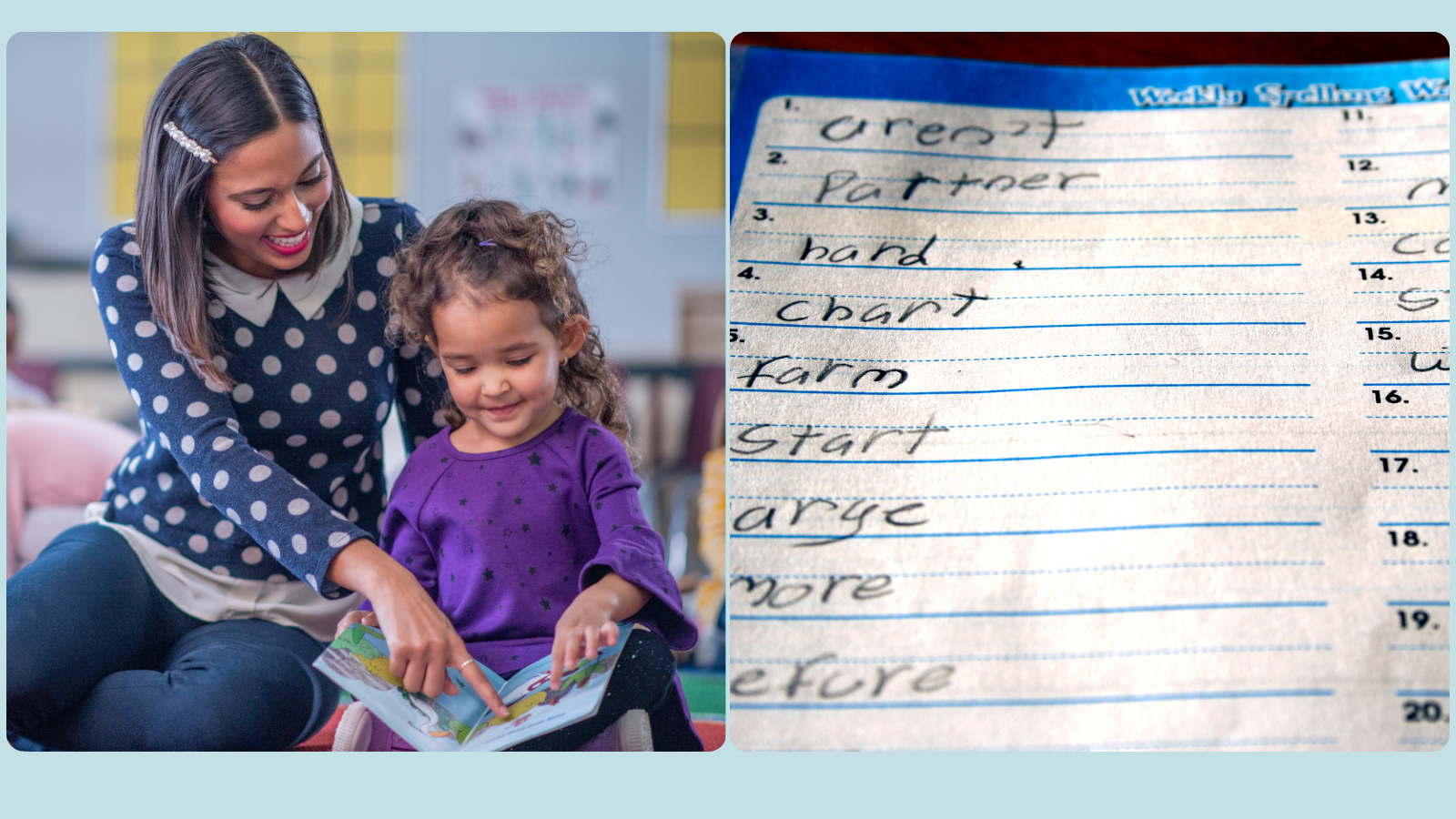Breaking the vicious cycle for older kids with reading problems: how to help
Older kids with reading problems get trapped in a vicious cycle: because these students don’t read well, they generally don’t read much. They miss out on countless opportunities for reading practice and for learning from what they have read (Anderson et al., 1988). They become victims of the Matthew Effect: while good readers get better, poor readers fall further behind and get poorer compared to their peers.
So what can we do about it?
A. Context: too many older kids can’t read properly
- We’ve talked here about some of the terrible reading statistics in Australia.
- Things are no better in the US: more than 1/4 of 8th grade and 1/3 of 4th grade readers do not read well enough to understand concepts and knowledge needed to understand grade-level texts (Perie et al., 2005).
- Some of these kids can catch up if given extra, extended instruction in small groups (Torgesen, 2005). But, the older and further behind the student is, the more ground needs to be covered.
B. How to help older students with reading problems
1. Figure out what’s going on with a reliable test
- There are five areas essential to effective early reading instruction: (1) phonemic awareness; (2) phonics; (3) fluency; (4) vocabulary; and (5) comprehension.
- Each of these Big 5 areas should be assessed with a reliable standardised reading test. In our clinic, for example, we use the York Assessment of Reading for Comprehension.
- Because of the link between oral (spoken) language and reading disorders, oral language should be assessed too, just in case the student has an undiagnosed language disorder. In our clinic, we do this with either (or both of the) Clinical Evaluation of Language Functioning-4 and/or the Oral and Written Language Scales II.
- A good report should cover the Big 5 and oral language development and summarise reading strengths as well as challenges.
2. Identify areas of difficulty and strength
- Many kids who are labelled as having learning disabilities (LD) have problems with more than one part of the reading process.
- Some older kids are “victims” of poor early reading instruction and have problems with basic phonics and phonemic awareness skills, including skills like letter-sound links and blending sounds into words. For these kids, a continued focus on synthetic phonics may be appropriate and necessary.
- Other kids may have received good instruction in phonics but continue to have problems with reading fluency or comprehension.
3. Design a reading program targeting the student’s area(s) of reading weakness using evidence-based strategies
This may include:
- Word-study instruction (e.g. Scamacca et al., 2007). If students can decode single syllable words correctly, but have difficulties with multisyllabic words, they may benefit from learning word analysis strategies. These are sometimes called “advanced word study” (Curtis, 2004) e.g. learning:
- rules of thumb about how to break a word into syllables;
- analysis of the parts of words (“morphology”), e.g.:
- prefixes (e.g. un, ante, dis, magna);
- suffixes (e.g. ous, ible);
- word roots (e.g. ped meaning foot and “manu” meaning hand); and
- inflectional endings (e.g. “ed” for regular past tense verb forms, and “‘s” for possessive forms); and
- letter patterns associated with predictable speech patterns, e.g.:
- “si”, “ci”, “ti” being pronounced “sh” in second and later syllables of multisyllabic words (e.g. session, electrician, nation); and
- the letter “c” pronounced /s/ when followed by an “e”, “i” or “y” (e.g. ceiling, circus, cycle).
- Fluency instruction. Good readers read about 120 to 170 words a minute when reading aloud (Tindal et al., 2005). They read most words automatically allowing them to focus on higher order processes, e.g. understanding, inferring and interpreting (e.g. Archer et al., 2003).
- Fluency interventions: often involve repeated (“deep”) reading of the same passages; but older students can benefit from non-repetitive “wide” reading of different texts, which exposes students to new vocabulary, different content and text types (e.g. Homan et al., 1993).
- Fluency instruction can be combined with focused word-learning with target words embedded in otherwise readable text.
- Vocabulary instruction.
- For typically developing students, up to 12 exposures of a word may be necessary for a student to learn it (McKeown et al., 1985). Students with LDs may need many more.
- Direct vocabulary instruction can speed up comprehension (Stahl, 2003), and may be particularly effective for students with learning difficulties (e.g. Jitendra et al., 2003).
- A reliable way to improve vocabulary for older students is to read a lot, read well, and read widely (Cuningham & Stanovich, 1998).
- The focus should be on words that are useful to know and likely to be encountered across a variety of settings (e.g. Beck et al., 2002), e.g. “regardless”, “compromise”, “evaluate”, “analyse”.
- Technical words (e.g. in science) can be taught using simple definitions, examples and non-examples, and the use of semantic maps that cover the likely uses of a word (e.g. Kim et al., 2004).
- Reading comprehension instruction.
- Evidence-based comprehension techniques include teaching students to visualise, predict, summarise, make connections with existing world knowledge, re-read, restate, and question what they are reading with “why” and other “wh” questions (Vaughan et al., 2007). Click these links for more detail on evidence-based reading comprehension and studying techniques.
- Struggling readers may not have the prior world knowledge that supports integrating new information. Don’t assume knowledge.
- Graphic organisers e.g. story builder can be used to help students organise and remember what they read (e.g. DeCecco & Gleeson, 2002).
- For specific topics, knowledge organisers can also be used. I’m a big fan of these and plan to write more about them in a future article.
- We can help students by modelling important organisational steps, providing structured practice opportunities/feedback, and presenting examples of what we are after.
- Struggling readers should be taught multiple strategies.
- Motivating the student. We don’t talk about this enough. Reading complex texts for meaning is hard work. Students need to be motivated to do it. Students with reading problems often lack this motivation (e.g. Morgan & Fuchs, 2007), which is part of the vicious circle we are so focused on breaking. So how do we do help here? Guthrie and Humenick (2004) identified four things that affect motivation to read:
- providing interesting goals that matter to the student (e.g. vocational, hobby-related goals);
- supporting student autonomy;
- providing interesting content/texts; and
- increasing social interactions between students related to reading.
C. Bottom line and further reading
Many older students with reading problems feel (accurately) that their learning falls further behind their peers every year they are at school. Poor reading creates a vicious cycle, which can be hard to escape.
Students need to know that it is never too late to get help. When helping an older student, teachers, speech pathologists and other reading professionals need to identify the student’s reading strengths and weaknesses with reliable tests and then tailor their help to the student’s needs and goals. Students need to be motivated to do the work. In this article, we outlined several ways of helping older students with reading problems.
Related articles:
- Speech-language therapy to help teens to text? Are you joking?
- How to help your school-age child to learn new words – the nuts and bolts of how I actually do it in therapy
- Helping older students with their reading comprehension. What should we teach and how?
- Is your child struggling to read? Here’s what works
- Do we spend too much time on rhyming books?
- The forgotten reading skill: fluency, and why it matters
- 24 practical ways to help school-aged children cope with language and reading problems at school and home
- 6 strategies to improve your child’s reading comprehension and how to put them into practice
- “Does dyslexia exist?”
- Are reading comprehension problems caused by oral language deficits?
- How to improve exam results? 9 free evidence-based DIY strategies
Principal source: Roberts, G., Torgesen, J.K., Boardman, A., & Scammacca, N. (2008). Learning Disabilities Research & Practice, 23(2), 63-69.
Further reading and research update: Interventions for Adolescent Struggling Readers: A Meta-Analysis with Implications for Practice – 2nd Edition (2010) retrieved from here on 13 March 2017. This site contains a wealth of evidence-based materials, including free training modules.
Image: http://tinyurl.com/hf9zeqc

Hi there, I’m David Kinnane.
Principal Speech Pathologist, Banter Speech & Language
Our talented team of certified practising speech pathologists provide unhurried, personalised and evidence-based speech pathology care to children and adults in the Inner West of Sydney and beyond, both in our clinic and via telehealth.








